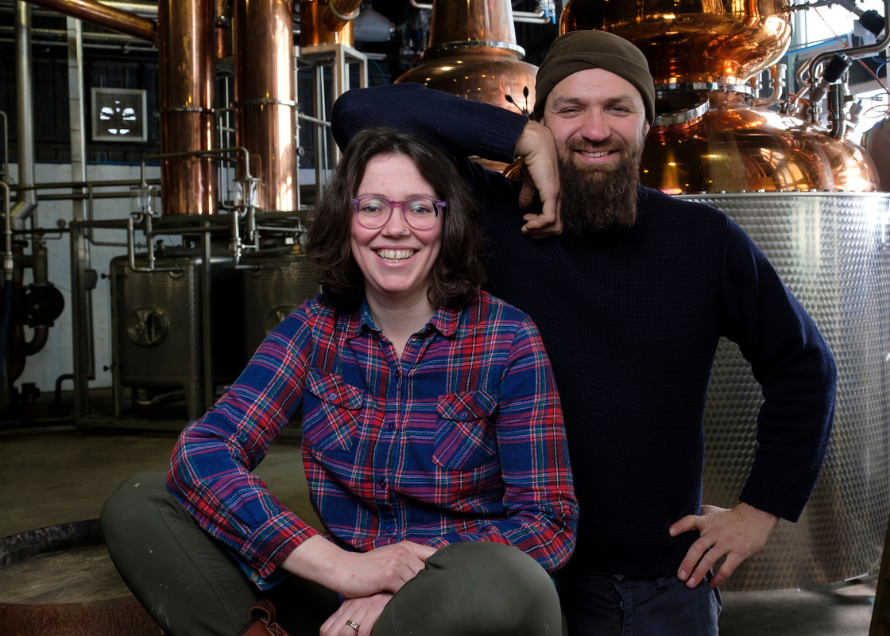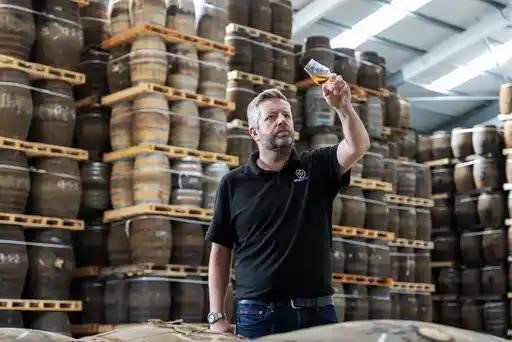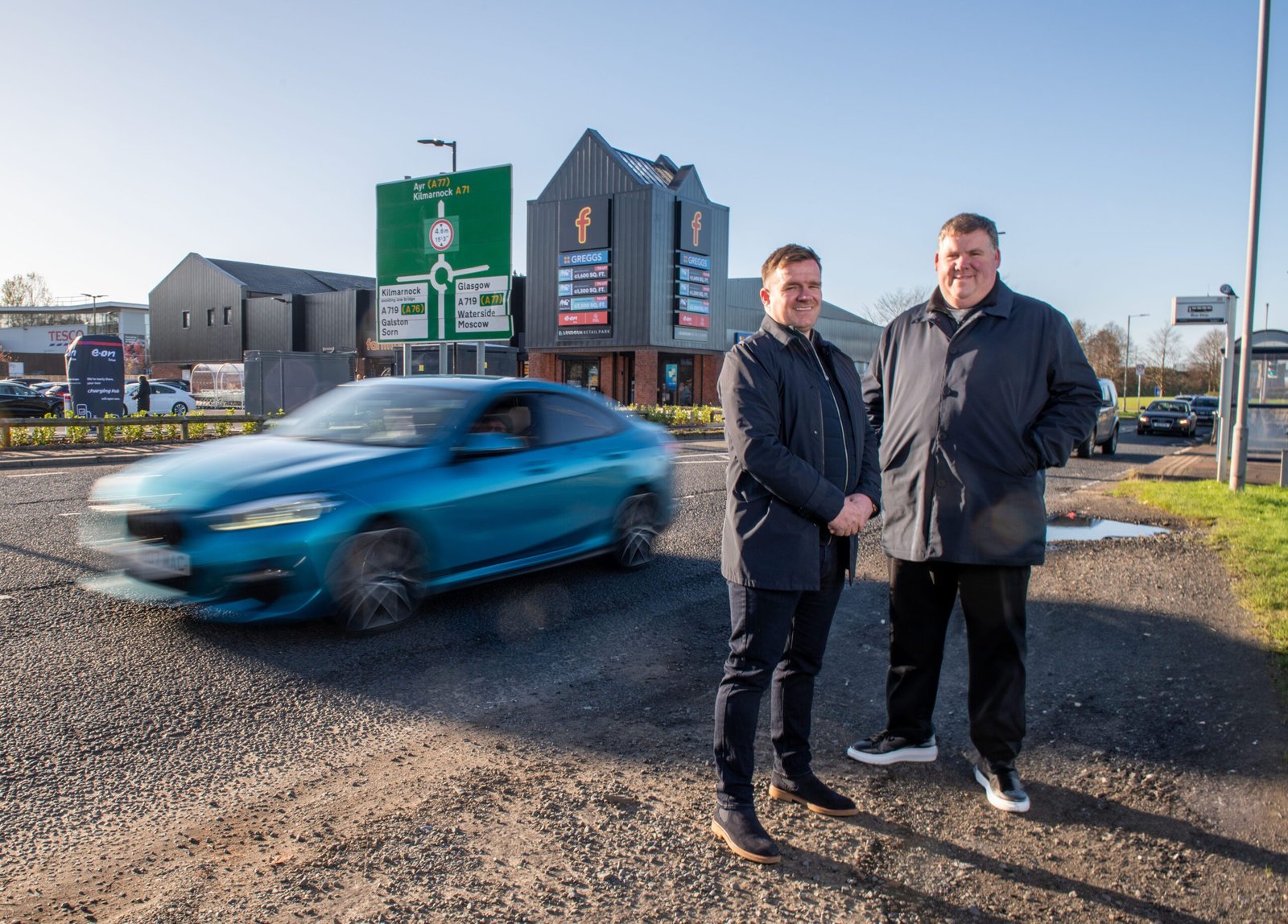Researchers in Scotland are harnessing whisky industry by-products to create sustainable packaging, thanks to a landmark partnership known as MycoPack. This innovative project brings together Arbikie Distillery, Edinburgh Napier University, and the University of Dundee to repurpose waste from whisky production – such as spent grain – into fully compostable and durable packaging materials using mycelium, the root structure of fungi.
MycoPack is one of 11 collaborative ventures that recently received funding from Scotland Beyond Net Zero, a coalition of Scottish universities dedicated to advancing the nation’s net zero ambitions. Over the upcoming 10 months, the project team will work to demonstrate proof of concept, testing both their materials and packaging design.
Kirsty Black, Distillery Manager, shared, “At Arbikie, sustainability is at the heart of everything we do. Our collaboration with Edinburgh Napier and Dundee Universities on MycoPack represents an exciting step forward – combining innovation and purpose to create packaging made from mycelium that’s not only environmentally responsible but deeply aligned with our values.
“Together, we hope to pioneer solutions that respect the planet and inspire change across the industry.”
The new packaging material is specifically designed to be impact-resistant, fire-retardant, and an eco-friendly replacement for plastic. It showcases the possibilities of a circular economy by converting production waste into products that support sustainability.

Scotland Beyond Net Zero – formed by climate and sustainability experts from leading Scottish universities—has launched a total of 19 collaborative projects since its creation, distributing roughly £300,000 in seed funding. As Professor Nick Forsyth, Vice-Principal (Research) at the University of Aberdeen and Chair of the seed fund panel, notes, “This is the second round of our seed fund, we have now supported 19 innovative and collaborative projects with a total of around £300k of funding.”
He continued, “Each project involves at least two of our member universities and one external partner, including community groups, government bodies, and the private sector.
“This collaborative and integrated approach is crucial to us meeting Scotland’s ambitious net zero targets. We cannot achieve these targets in isolation, we must work together to innovative, inform and adapt.”
You Might Also Like:
The portfolio of funded projects addresses challenges across sectors like energy, finance, food, built environment, natural systems, and transport. Examples include initiatives tackling rural fuel poverty using local energy communities, and efforts to blend photovoltaic technology into Scotland’s historic architecture.
To find out more about each of the eleven projects, please visit the Scotland Beyond Net Zero website: www.scotland-beyond-net-zero.ac.uk.


















